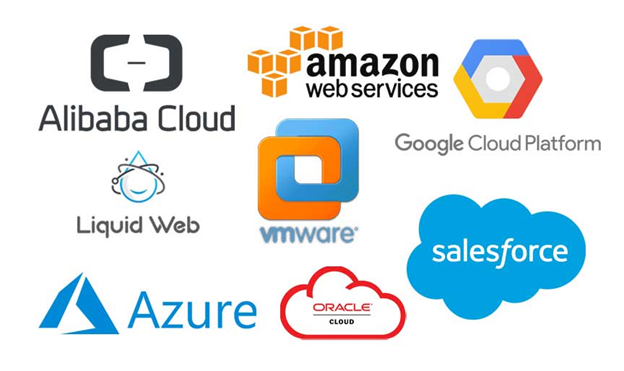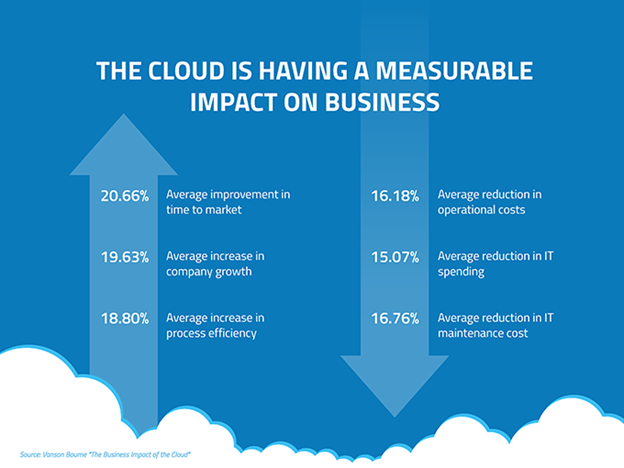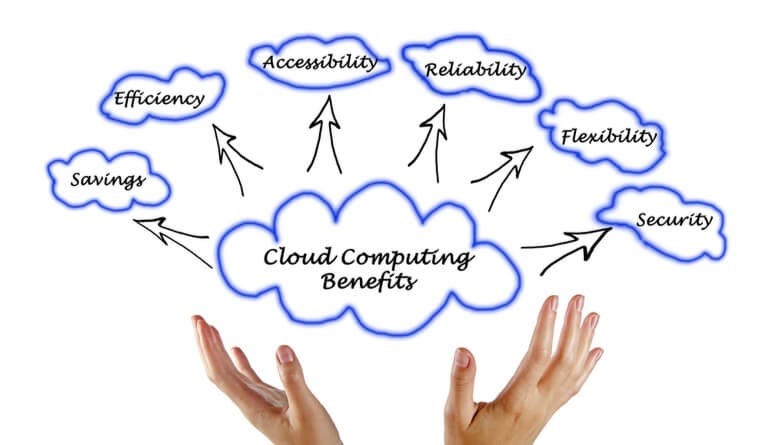- Cyber Security Monitoring for all
- +44 20 3143 0308
- info@bluedogsec.com
For many organizations, moving to the cloud sounds like a daunting and super expensive exercise. This is because most of them don’t have an idea of what moving to the cloud entails and how to go about it.
That’s not all!
The idea of storing their valuable data off-premises gives many business owners and managers sleepless nights.
That’s why most companies, including IT experts, are still somewhat skeptical of this disruptive innovation that’s meant to change the way organizations handle their data.
However, all that is changing. Here’s why.
83 percent of workloads will have moved to the cloud that by 2020, this is according to a prediction by Forbes. Gartner also reported in 2018 that more than US$1.3 trillion in IT spending will be affected by the shift to the cloud by 2020.
This gives you an idea of just how important to the cloud has now become.
Why Are Organizations Moving to the Cloud?
Today, many organizations are moving to the cloud because of its safety, safety not to mention a host of other cloud migration benefits.
So, why should you move your business to the cloud? The benefits of cloud migration speak for themselves. Cost savings, efficiency, and scalability are the top attractions of the cloud for most organizations.
As you plan to your move to the cloud, make sure you identify the right cloud migration services among other crucial factors.
10 Tips you Should Consider before Moving to the Cloud
1. Know Your Services Providers

Image Source: eduCBA
There are more cloud service providers than you can count, and new ones are popping up every day. You need to do your research well and find a service provider that is not only flexible. efficient, and scalable but also able to deliver exactly what you need.
2. Identify what You Need
Moving to the cloud without knowing exactly what you want out of it is a recipe for a disaster. Are you moving because you need better file sharing solutions? Do you want to integrate software as a service into your organization or are you just looking for somewhere convenient to store all your data? Maybe you need backup plan, you know, just in case.
Whatever it is, make sure it is what you need at the moment. Don’t go all in from the very beginning. That’s the beauty of the cloud: you can always upgrade or add new services if and when you need them.
3. Make a Plan
Before moving your business to the cloud you will need to come up with a solid cloud migration strategy. Knowing all there is about cloud computing is a good place to begin before you make the switch.
A plan will help you know what you need to move first. You might decide to start with the most important data first, or you might decide to start with the least important.
The plan is also going to make it easy to ascertain whether the provider you choose can cater to all your needs before it’s too late.
4. Choose What Aspects You Will Outsource
Each company has its requirements, so choosing a cloud-based service is not going to be easy. For instance, if your business has an infrastructure that can host its email servers, there’s no need to outsource that task to a cloud service provider.
You don’t have to outsource everything. For efficient cloud usage, look only for the items you cannot host within the company and outsource those to cloud providers.
5. Time Savers

Image Source: GlobalDots
Cloud computing has freed up a lot of our time. Thanks to automation, companies are now able to focus more on improving service delivery while their cloud service takes care of other repetitive tasks.
When moving to the cloud, look for a provider that offers tools that can shorten the time taken to complete certain tasks. From social media automation to iPaaS and integration, there is a whole world of cloud-based services that promise to free up your time and automate tedious, mundane, and error-prone tasks.
Still doing data migration by hand? If so, that might be good place to start!
6. Top-notch Security

Image Source: Microsoft
One of the most compelling reasons to migrate data to the cloud is the security is offers. That is, of course, if your cloud provider offers encrypted data packages and security features.
Almost 82 percent of public databases aren’t encrypted, but this is one majority you don’t want to be part of. You also need to make sure your company uses strong passwords to guard yourselves against security breaches and data leaks.
7. Know the Benefits

Image Source: Tech Funnel
Yes, there are countless benefits to cloud computing. But there are two main reasons why enterprises move to the cloud:
- Collaboration made easy
Cloud migration comes with enhanced collaboration capabilities for your employees. Cloud services are accessible worldwide making it easy, fast, and effective for employees to work together no matter where they are. Since the working from home trend is set to become mainstream, this perk is now more sought after than ever. - Improved Efficiency
Cloud computing reduces the typical IT challenges that a company encounters. It also reduces the cost of technology since there is no need to purchase new hardware. It also more flexible and adaptable when shifting technologies. Plus, it scales along with you. When your company grows or when you need to downsize, you can simply switch plans. There’s no need to re-think your entire architecture.
8. Don’t Forget about Emplyee Training
While cloud migration comes with many benefits, it won’t be as efficient as you might like if your employees don’t know how to utilize it. Find a provider who can also offer training so that your team can get the most out of your cloud migration.
Training can be done at different stages of the migration progresses to make the transition smoother. Employee buy-in is more important than it may seem when making a big switch between technologies. So, even before the training, make sure your employees understand the benefits of migrating to the cloud and that they are ready for a major shift in the way they work.
9. Familiarize Yourself with the Language
What’s the difference between IaaS and NaaS? What about the benefits of hybrid cloud versus public or private cloud? What does a Cloud Architect do?
Not sure?
Start sprucing up on your cloud terminology before you shortlist cloud providers. It will help you make better sense of their offers and choose the one that suits you best. This is a good place to start learning, but there are countless similar resources online.
10. Know the Risks

Image Source: DataFlair
And finally, when moving to the cloud you need to be aware of all the risks that come with it. These risks are the reason why some companies still refuse to go all-in on the cloud. However, being aware of them gets you one step closer to migrating them and enjoying the benefits the cloud has to offer without security breaches.
Conclusion
Get starting on learning the basics of cloud security, especially if you have remote workers.
Working from home comes with a whole new set of risks. Luckily, there are services that can mitigate them for you! For instance, our Microsoft® Office 365™ Monitoring Service allows you to monitor remote devices and identify unusual activity such as suspicious logins, downloads or phising emails.
Moving to the cloud can transform your organization. But only if it’s done right! When you are ready to make the transition, don’t forget about the two main pillars of cloud migration success: finding a service that meets your company’s unique needs and always putting cloud security first!
We can’t help you with identifying your needs, but we can definitely step in and make sure the data you store in the cloud is always protected and that so is your network. Request a demo and our security experts will advise you on the most crucial security measures you need.

